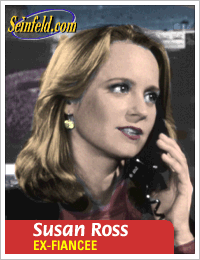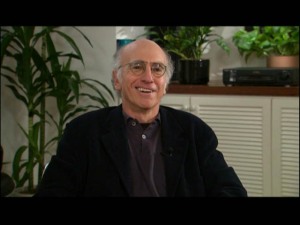
VHS tape entombs so much film content; this art gallery monument to the already-immortal 2001 only mocks the dead.
I’ve never been to Kim’s Video in New York and I’ve only popped in once or twice at Chicago video treasure troves Facets and Odd Obsession. But I love that they exist at all. We’re on the same team, you might say. Digging undigitized VHS tapes out of thrift stores and failed video stores is impossible for me not to do. I’ve even been known to digitize content myself now and then…often immortalizing movies I have next to no interest in ever seeing again. Seems like somebody has to do it. It’s the principle, you know?
All of which is why Moving Image Source’s pair of stirring articles on the tragedy of film content shipwrecked at the bottom of the VHS ocean struck such chords in me that I had to pass a few quotes along.
“I never understood how this myth that ‘everything is available on DVD’ got started,” agrees critic Dave Kehr, the DVD columnist for The New York Times. [According] to Turner Classic Movies’ database of U.S. feature films—of the 157,068 titles listed as of late February, 2009, fewer than 4 percent are available on home video.
Four lousy percent! That number blew my mind. 96% of all U.S. movies ever made aren’t even important enough to the culture for anyone to own and distribute them. Makes me feel bad and sad about all the never-on-DVD VHS tapes I’ve found, cherished to one extent or another, and sold without acquiring myself a digital copy to have, if not to hold.
And it’s more to me than just “making a copy”—much more, in fact. I called it “immortalizing” before and so does MIS:
…having been purified down to bits, films are more or less immortal, virtually existent, having a better chance than [ever] before at being universally disseminated, immune to age, and free…from commodification. Copy-blocking programs are always circumventable….Whether a film shows up on TCM or on a DVD or in a torrent download or on a privately burned disc, it is inviolate and as impossible to “withdraw” or even regulate as a revolutionary idea or a piece of aural folklore. No one truly owns a film once it’s been digitized; it belongs to the world.
Which, as Lawrence Lessig has persuasively argued at length, is as it should be, after a reasonable period of profit accumulation by the original creator or owner or what have you.
Huge chunks of my apartment do nothing other than house my ever-morphing collection of VHS tapes, a good many of them I’ll keep specifically because they’re unlikely to ever be digitally mastered for DVD. I’ve gone through two ungodly shitty consumer VHS-to-DVD recorders in salving my need to DVD-R this sort of content for myself (and, in some small way, for others). Here’s a really select portion of my collection:

The Decline of Western Civilization Part II: The Metal Years is cited as one of those hard-to-find titles that places like Odd Obsession specialize in having. All but one of these happen to be in the Top 700 of TCM's Not-On-Home Video Ranking.
One last quote, then I’m out:
With every new shift in media technology, from 16mm to VHS, from traditional broadcast to cable TV, from VHS to DVD, huge numbers of films are lost, says Facets Multi-Media executive director Milos Stehlik, who includes such titles as Robert Downey’s Chafed Elbows, Abbas Kiarostami’s Where Is the Friend’s House?, Glauber Rocha’s Antonio Das Mortes, and Leslie Harris’s Just Another Girl on the IRT among the films he fears will disappear in a post-VHS culture.
“What irritates me is that with each technology comes all this promise—that you’re going to be able to watch whatever you want, whenever you want. But then it turns out not to be true,” he says. “Because most art films are marginal, financially, to the mainstream culture, they will always get pushed out.”
Ironically, I saw Chafed Elbows (and digitized it myself) on a bootleg VHS that could’ve come from nowhere but the Facets vaults.
And I’d go Milos one further: Most films [period, full stop] are marginal, financially, to the mainstream culture. Take a look at the titles pictured above: At most, only one of them (True West) could be considered an “art film.” On the one hand, it’s sad that America’s film interests are so narrow. I wish people cared enough that they’d pay real money to see a greater breadth of film content. On the other hand, the incontrovertible fact that they don’t means that there will always be something for people like me to scoop up off the sandy bottom of film culture and treasure.
For now, and hopefully forever, America’s thrift stores will keep giving me dirt-cheap VHS tapes I never knew I wanted…and the ones no one else knows they want either. Which, again, is as it should be.













